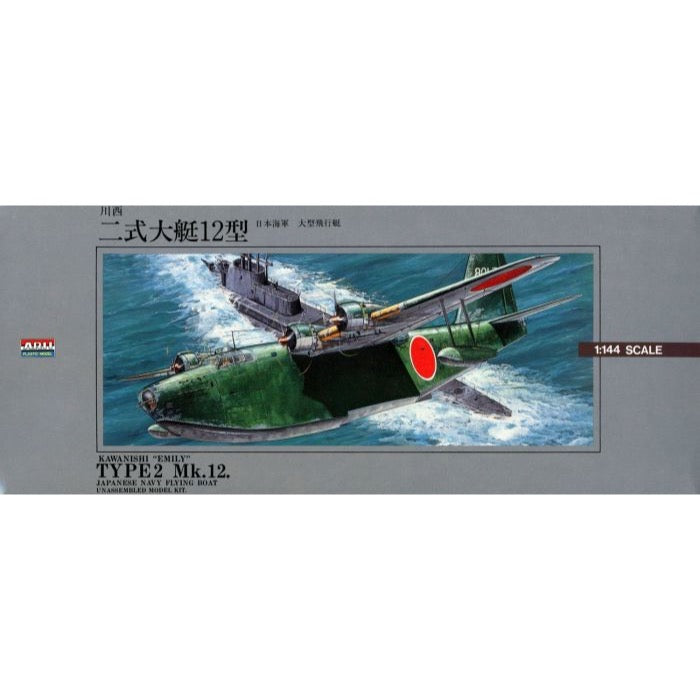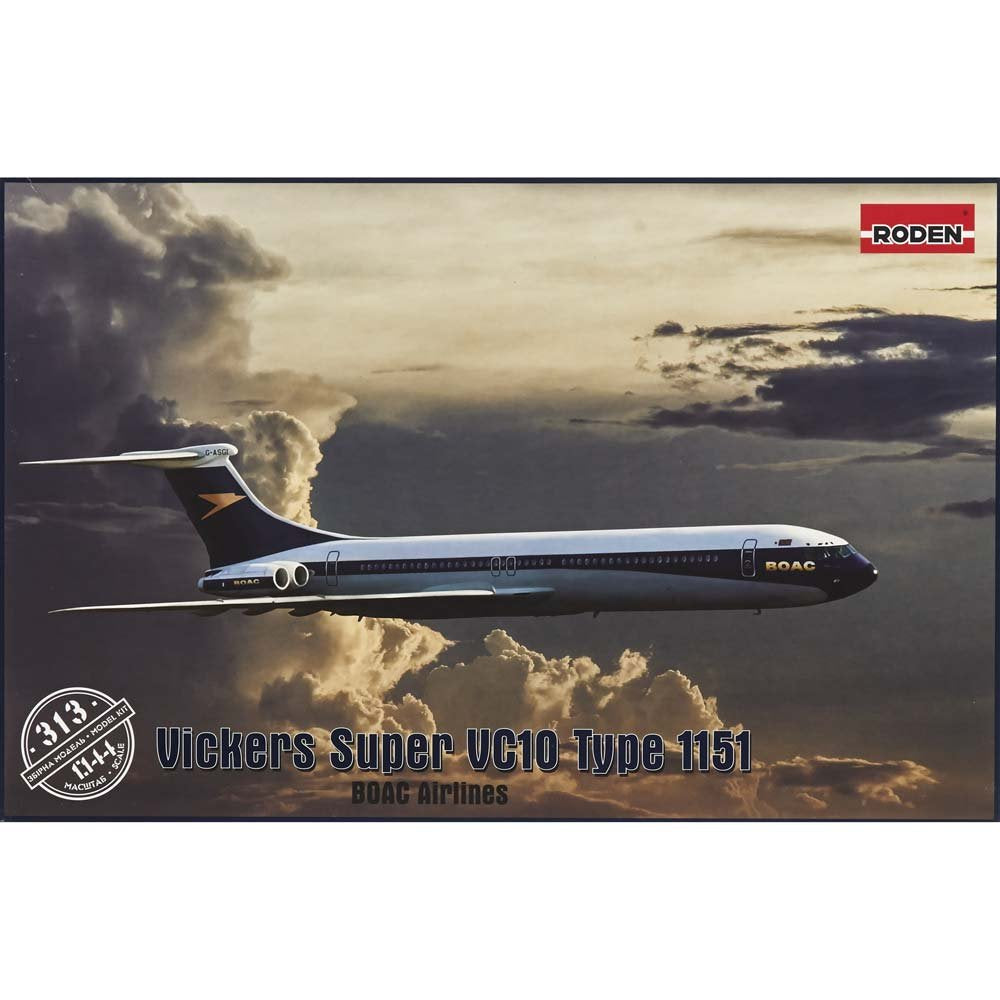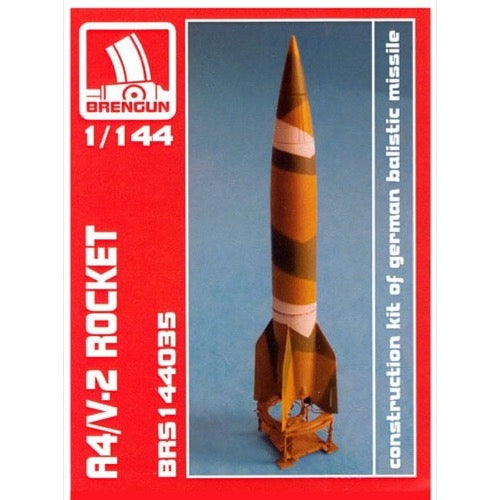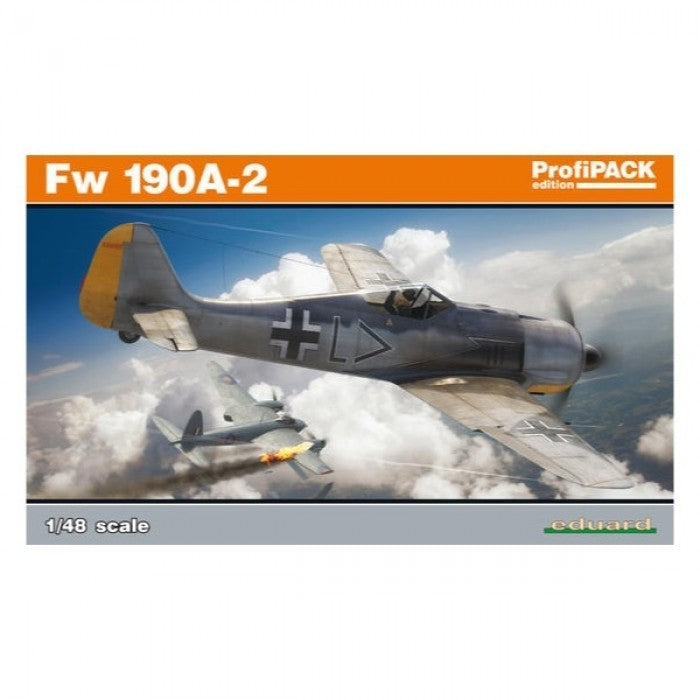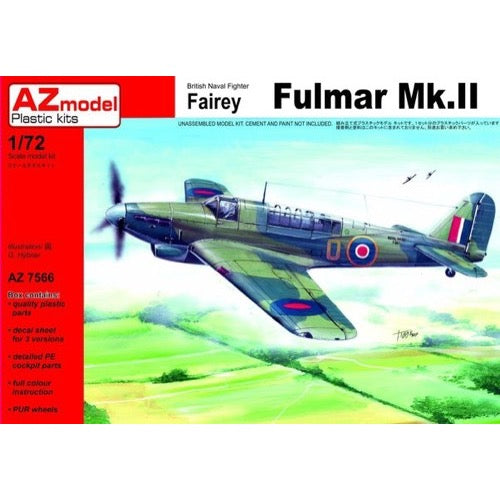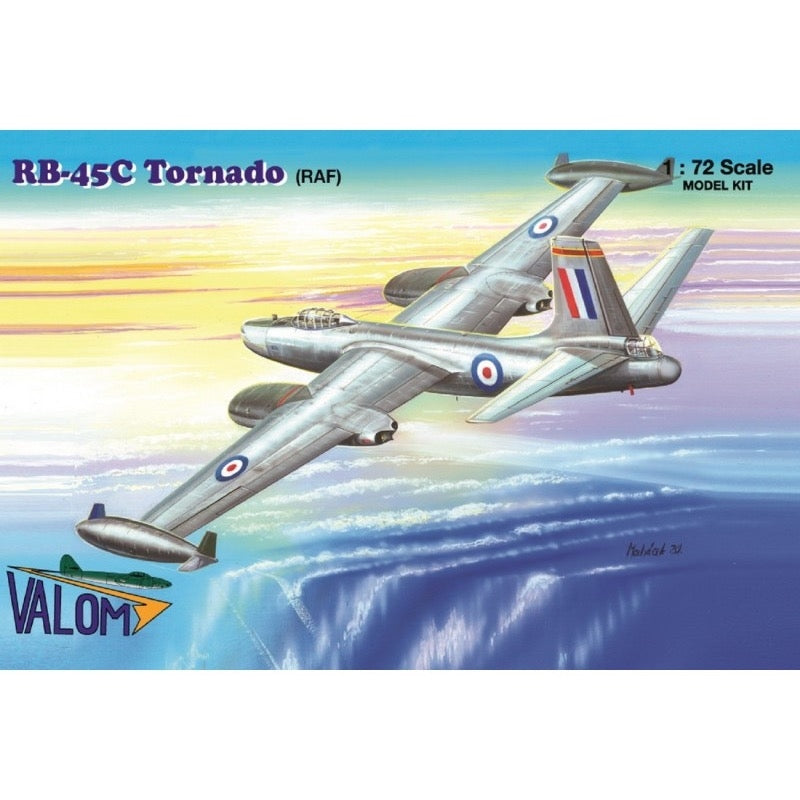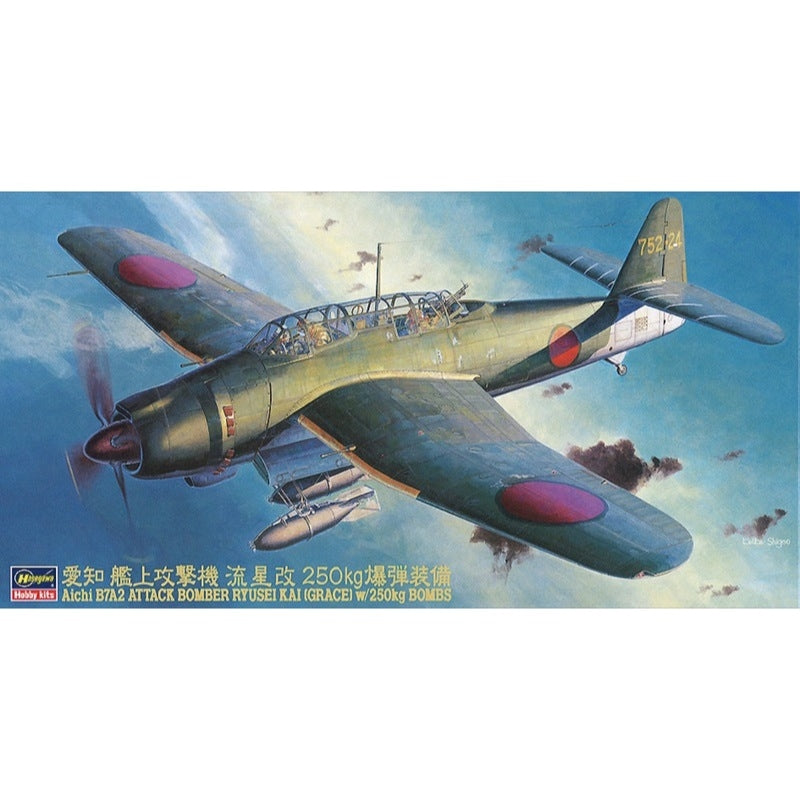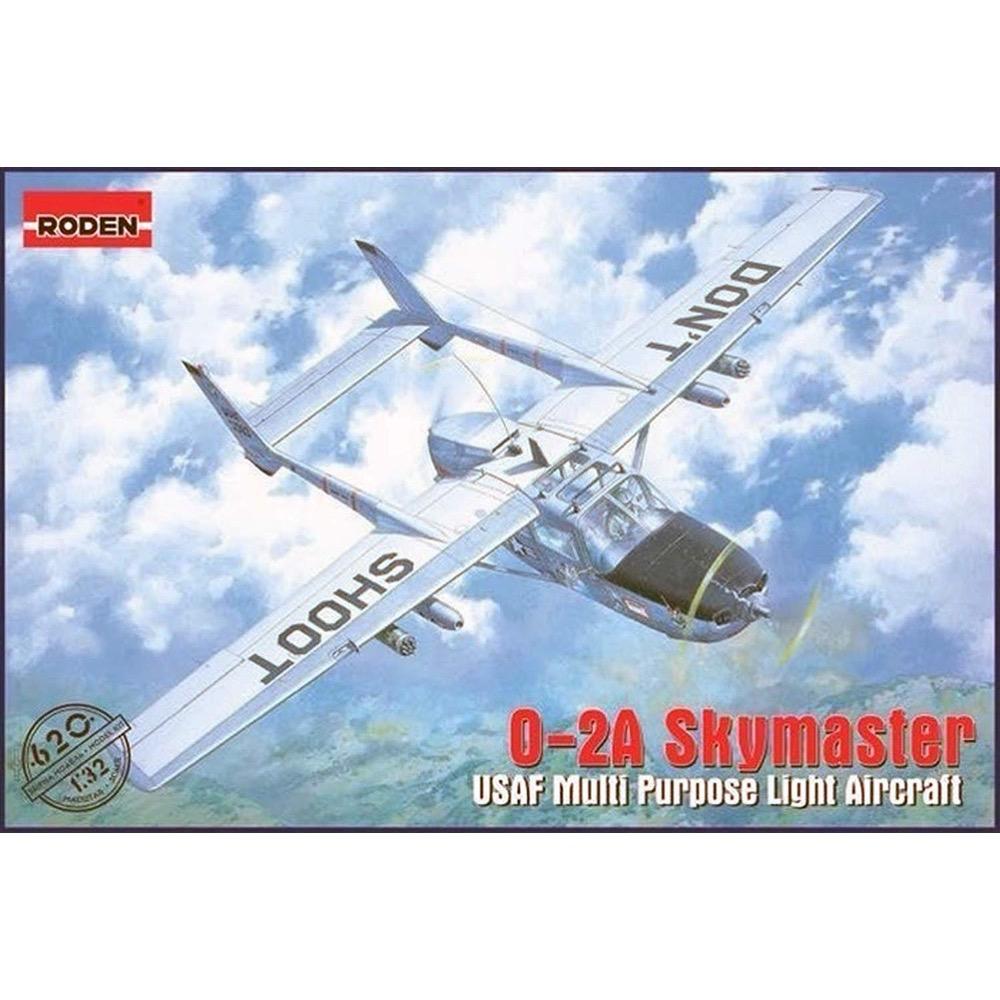
Roden 620 1/32 O-A2 Skymaster
39.00
$
<h3>Roden 620 1/32 O-A2 Skymaster</h3>
<p>Cessna O-2A Skymaster In the early 1960s, the Cessna aircraft company built a small commercial aircraft, the Model 337. Compared with similar aircraft of the same class, it had an unusual layout: a tractor engine in front, and a pusher in the rear. Instead of the classic fuselage layout, two booms extended backwards from the wing, which were connected by the horizontal tail assembly. The aircraft could carry two crew members, and four passengers or up to 450 kg of payload. It was quite successful commercially, but Cessna also hoped to find an outlet in a military role. In 1967 a military version of the machine appeared, the O-2A Skymaster. With the start of the Vietnam War, the US Air Force began to actively employ light aircraft as scouts, for fire direction or lightweight communications. One of the most widely used was the O-1 Bird Dog, but it was not always able to perform certain military tasks, such as controlling targeting for other planes. The O-2 was more suited to this type of task and, therefore, was soon involved in missions of this kind in the Vietnam conflict. Also, the O-2 could be used as a light strike plane, like its predecessor the O-1. For this, pods of unguided rockets and other light weapons could be hung under the wing of the aircraft. Some machines, designated O-2B, carried out 'psychological warfare missions - they were fitted with speakerphones broadcasting calls to the population to stop the war, but this exercise was not successful. Another important application for the O-2 was the rescue of pilots whose planes had been downed in an area of operations. The O-2 could take off from the shortest airstrips and land in the most unsuitable places for this purpose. Many US Air Force pilots had this machine to thank for their rescue. Series production continued until 1970, during which time at least 532 aircraft were produced. The end of their active military career in the US Air Force coincided with the end of hostilities in Vietnam, but in the US they were used long afterwards by the Air Force for patrol or liaison tasks, and were eventually decommissioned due to age and obsolescence. Despite this, this aircraft is still very popular among private owners. And many former military machines are still operated under civil registration or take part in numerous vintage airshows.</p>
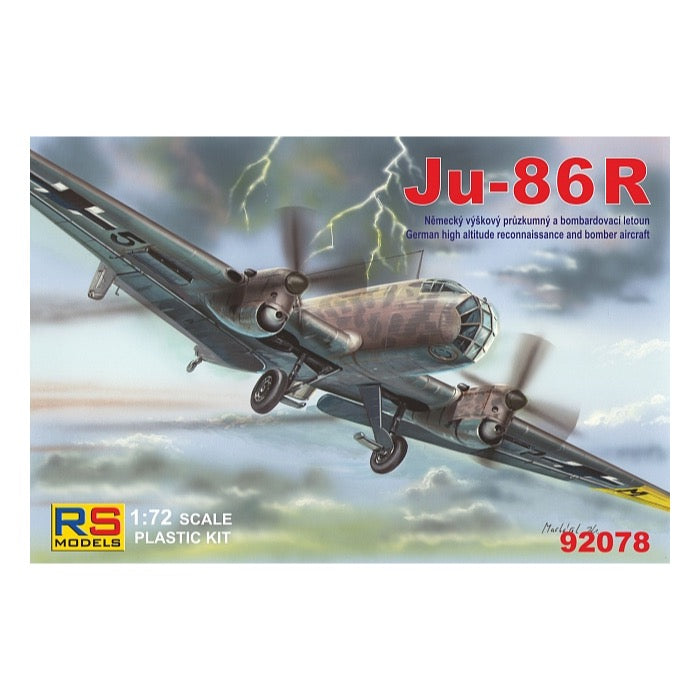
RS Models 92078 1/72 Junkers 86 R
31.00
$
<p>Junkers Ju 86 was a German bomber and transport aircraft, which originated in the early 1930s. The civilian version of the Ju 86B could carry 10 passengers; two aircraft were delivered to Swiss Swissair and ten Lufthans.</p>
<p>The bomber had a defensive armament of three MG 15 machine guns and could carry a load of 1,000 kg bombs. The early Ju 86D-1 (1936) was powered by two Jumo 205C-4 diesels of 600 hp; the Ju 86E had star-powered BMW 132F engines. Several machines were delivered to Sweden, South Africa, Manchuria, etc. Ju 86K was an export version that was also built in Sweden with Bristol Mercury XIX 905 hp engines and remained in service in the Swedish Air Force until 1956. The bombers were also tested in Spain , where they proved to be worse than Heinkel He 111 aircraft and were soon eliminated after the Polish invasion.</p>
<p>In January 1940, the Luftwaffe tested the prototype Ju 86P with a larger span, pressurized cabin, turbocharged Jumo 207A1 and two-man crew. This version had a ceiling of up to 12 km, which provided it with security from enemy fighters. Luftwaffe, satisfied with the newer version, ordered 40 older versions of the bomber, which were rebuilt to the height type Ju 86P-1 and fotoprůzkumnou version of P-2. These aircraft have served for several years successfully over Britain, the USSR and North Africa. In August 1942, one such aircraft was shot down by a high-altitude version of the Spitfire V over Egypt. Ju 86P aircraft then served until 1943. The Luftwaffe also developed the Ju 86R with an even larger span and newer engines, this aircraft then reached heights of up to 16 km, but production was limited to prototypes.</p>
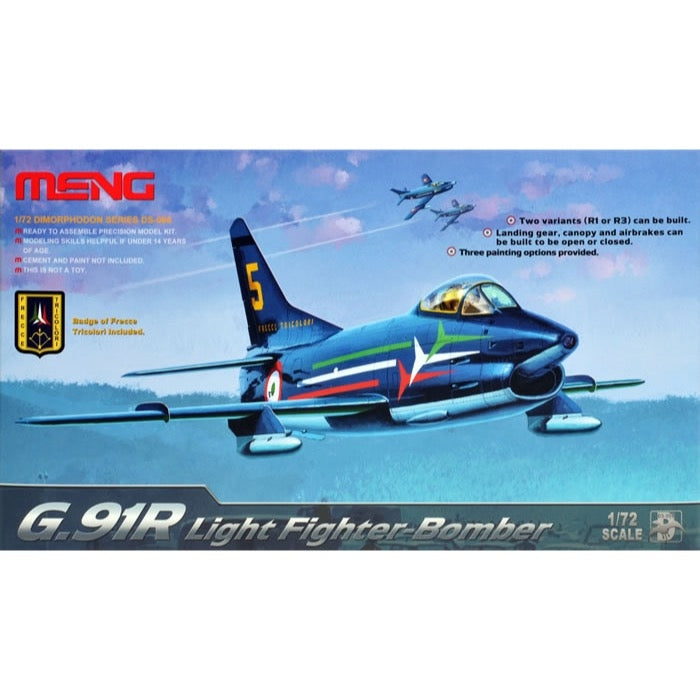
Meng DS-004 1/72 G.91R Light Fighter Bomber
12.00
$
<p>G.91 was the first combat aircraft designed and developed by Italy itself after WWII. It served in the Italian Air Force and the Luftwaffe. It was also used by the Portuguese Air Force for the war of Africa. Besides, G.91s were used by the Frecce Tricolori from 1964 to 1981.G.91R was the most widely used version in the G.91 series.</p>
<p>1/72 G.91R Light Fighter-Bomber plastic model kit. It’s 143mm long and 118mm in wingspan. Two variant options provided:R/1 or R/3. Landing gear, canopy and airbrakes can be built to be open or closed. Three types of rocket launchers and one type of bomb provided. Three painting options provided (including the Frecce Tricolori markings). A PVC velcro badge of Frecce Tricolori of Italian Air Force was included as a gift in the initial packages.</p>
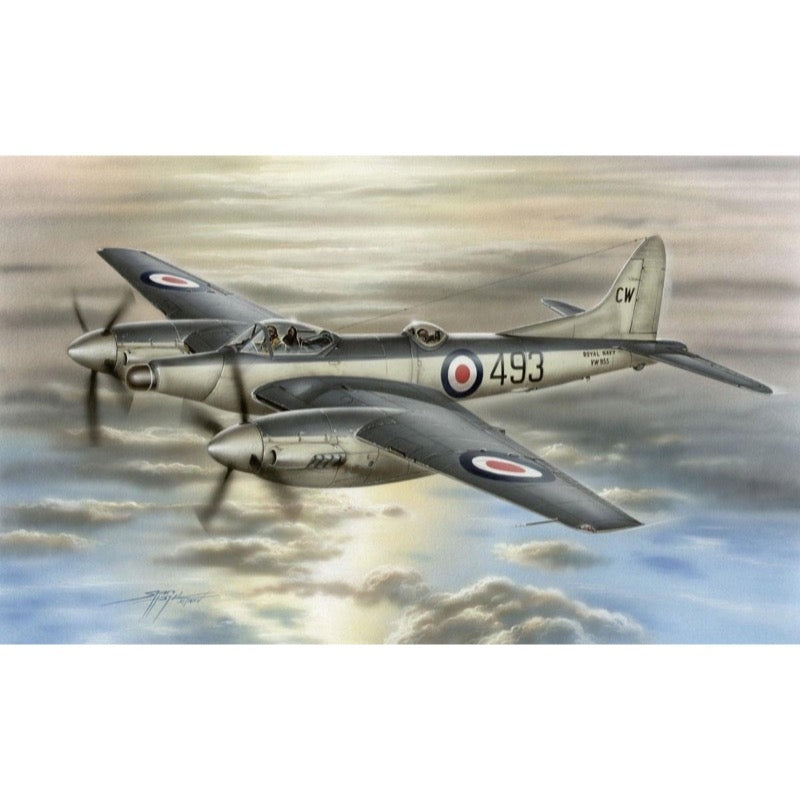
SPECIAL HOBBY SH72059 1/72 D H 103 SEA HORNET NF MK21
23.00
$
<ui>
<li>Weight : 0.19 kg </li>
<li>Type : Aircraft</li>
<li>Edition : Special Hobby</li>
<li>Scale : 1/72</li>
<li>Product : Plastic kits</li>
</ui>
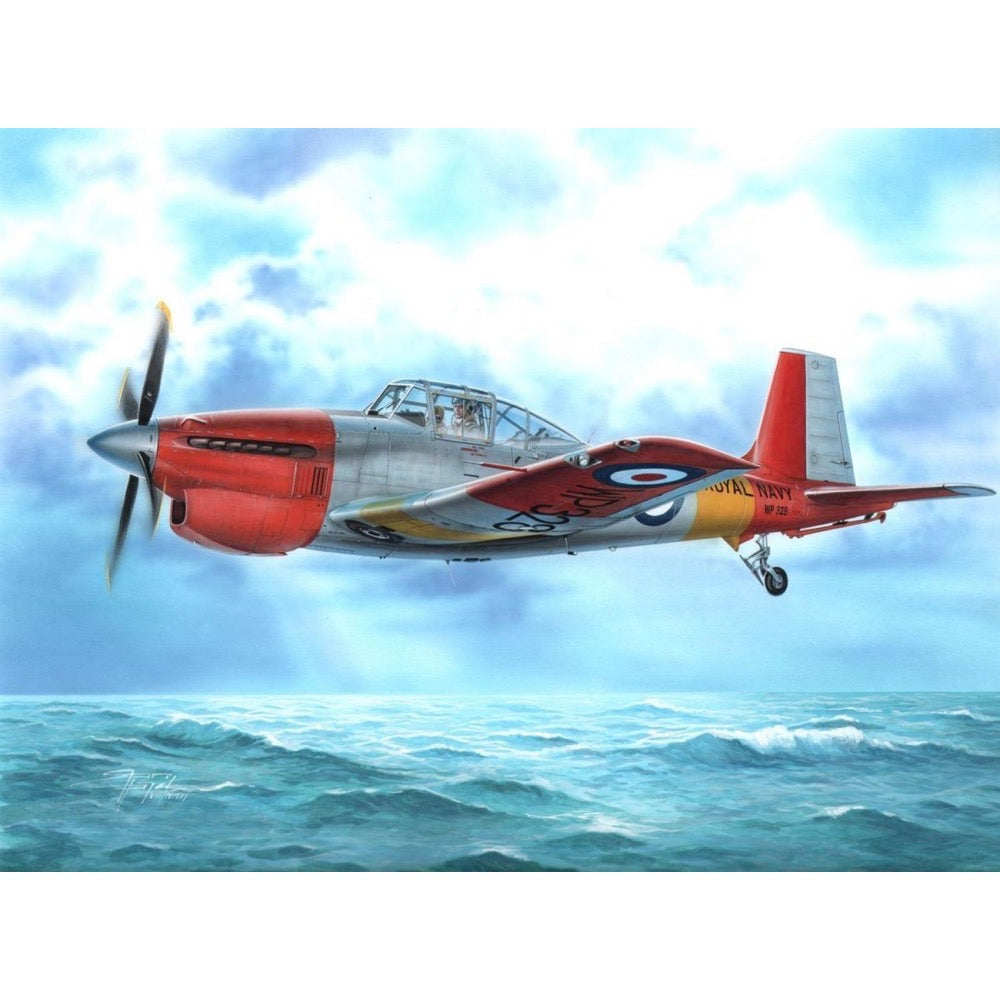
Special Hobby 1/72 Boulton Paul Sea Balliol T.21
18.00
$
<p>A very nice kit of a homely aircraft, the Boulton Paul Sea Balliol T.21. Includes resin and photoetched details parts, with the option to build the wings folded as befits a naval aircraft! Includes markings for four Royal Navy aircraft.</p>
<h3>Specification</h3>
<ul>
<li>Product: Plastic kits</li>
<li>Era: Word War II, Postwar</li>
<li>Origin: British</li>
<li>Scale: 1/72</li>
<li>Weight: 0.2657 kg</li>
</ul>


